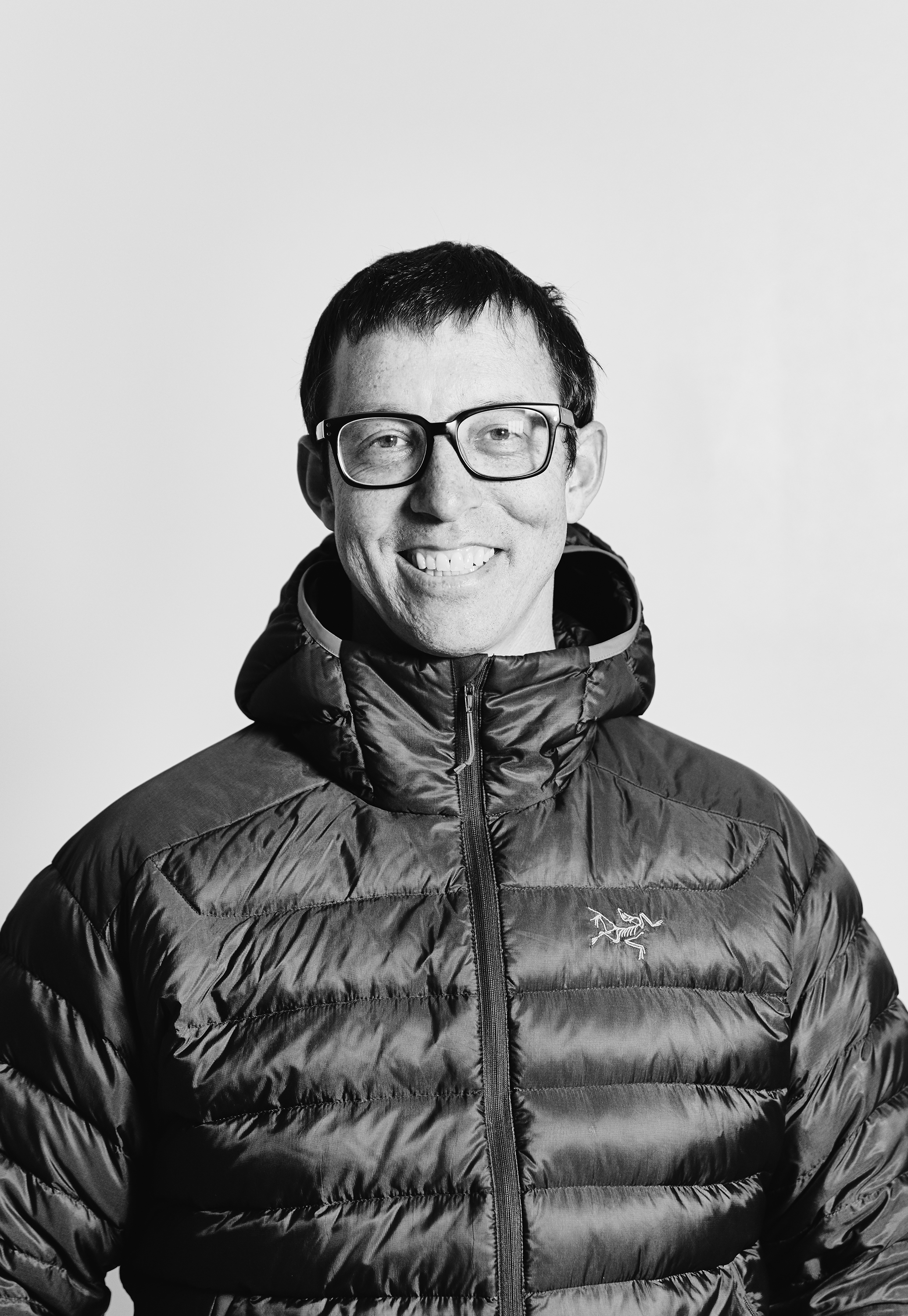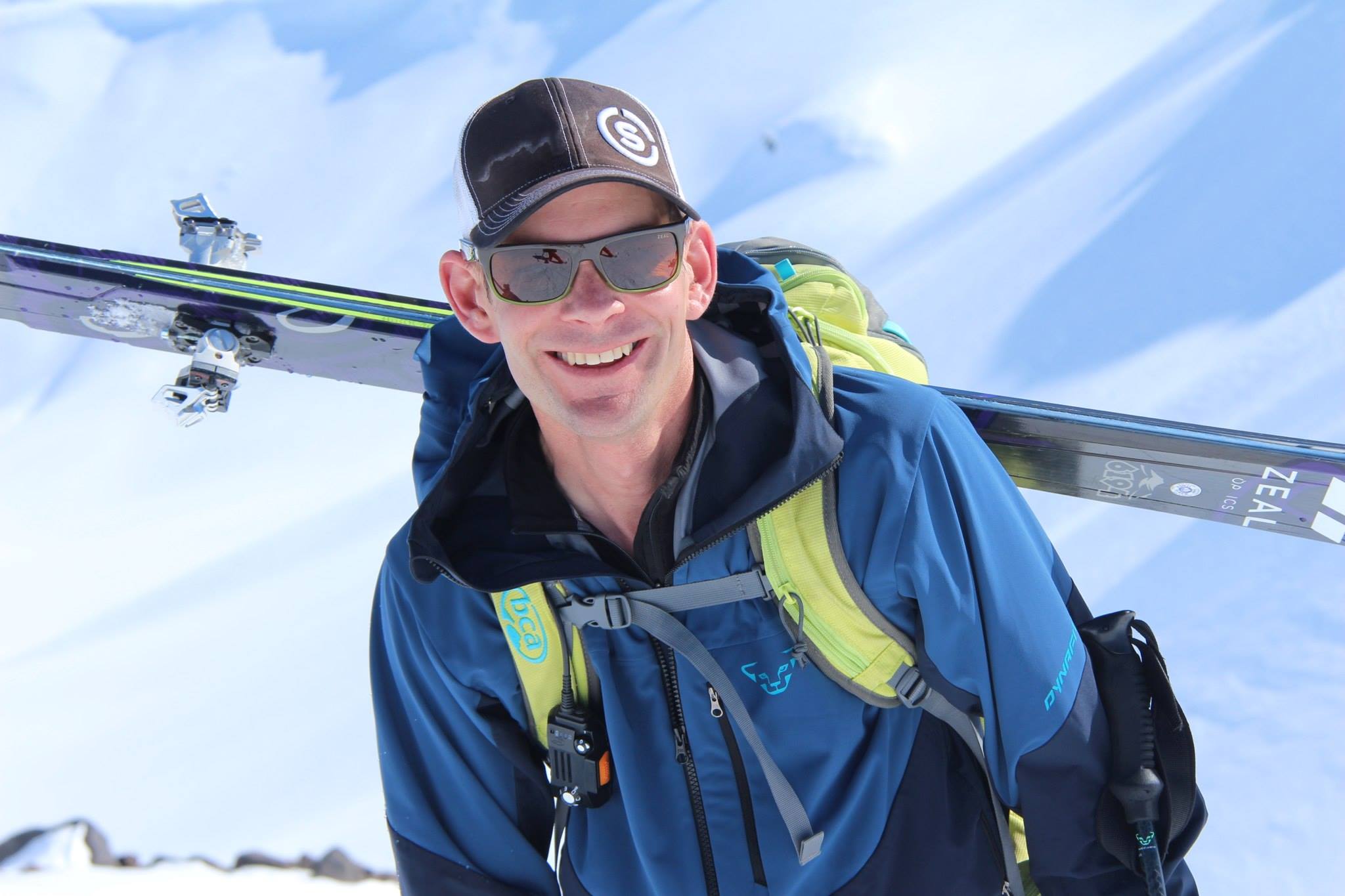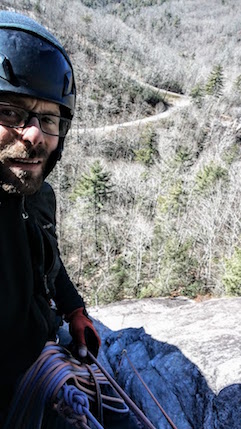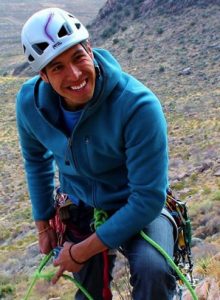Continuing Education and the CAA Level 2
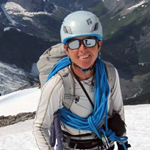
Editors note: This article was originally printed in the Canadian Avalanche Journal and the The Avalanche Review. It is being reprinted with permission from Angela Hawse.
By Angela Hawse, IFMGA/AMGA Mountain Guide
Like winter, education is something I can’t get enough of. It’s that obsessive, insatiable curiosity you’re familiar with. Working as a full-time guide, it’s game-on, everyday. All cylinders have to be firing for thinking on my feet, daily uncertainties, and what-ifs. Margins for error are small.
I took the Canadian Avalanche Association Industry Training Programs (ITP) Level 2 this winter to up my ante. Lynne caught wind and asked me to share with TAR why I chose to pursue Canadian avalanche training, on top of my IFMGA certification.
Avalanche Education and Mentors
“We make a living by what we get, we make a life by what we give”- Winston Churchill
I hit the jackpot in learning from some of the best. My short list includes Colin Zacharias, Rod Newcomb, Don Bachman, David Lovejoy, and Jerry Roberts. All have had a major impact on my career, decision-making, and longevity. I can easily recount experiences with each one that influences how I move through terrain, feel the snow under my skis and ask the right questions. But, most importantly not pretend to know all the answers. Their examples, all the way back to my 1st AAI course with Rod and Don, on Red Mountain Pass in 1984, still inspire me to probe, dig and ponder how to move with respect in the mountains, pay attention, and give more than get.
Why DID I take the CAA Level 2?
It was the next logical step in my avalanche education, and simply put, I wanted to learn from the Canadians. It goes without saying why. Canadian IFMGA Mountain Guides are all required to have their CAA Level 2 certification. It stands to reason, I should as well. As a member of the AMGA Instructor Team, I’m required to pursue annual CPD, and I’m just keen to learn. I’ve spent enough time in Canada to know their top-notch winter guiding and avalanche forecasting operations are highly organized, methodical, and tight. I wanted in on it, and as a guide for Telluride Helitrax in the San Juan Mountains, it seemed like a good survival strategy.
Guide Standards
IFMGA certification is recognized as the guide standard in 24 countries. The US, Canada, New Zealand, and Japan currently have the most comprehensive avalanche education requirements for certified guides. In Europe, formal professional avalanche education offered by national avalanche associations isn’t necessarily integrated into the guide training schemes. In most IFMGA countries, shorter format courses offered by the guide associations are pre-requisites for their respective ski and alpine exams.
What’s Different?
The big difference between the US and Canada (and NZ), is the number of course and evaluation days. The Canadian process has 2x as many assessment and course days. In the US for example, an AMGA ski guide candidate currently takes a 3-day Level 1, a 4-day Level 2, then a 6 or 7-day Level 3. The same ACMG ski guide candidate in Canada would take a 2-day AST (recreational course), a 7-day Pro Level 1 with 4-5 assessment days, and a 15-day Pro Level 2 with 7-days of assessment.
The CAA Level 2 is a 15-day program for avalanche professionals, split into three modules. The intensity, range of topics, time in real terrain, high standards and rigorous examination are unrivaled. Many who enroll take the three modules over the course of 2-3 winter seasons. I took them all this winter because I couldn’t wait.
The diversity of students, with wide ranging professional experience was an unexpected bonus. Represented were Japan, New Zealand, Sweden, Spain, Finland, the U.K. and most Provinces in Canada. This medley of individuals, plugged into a well-organized operational process, provided key opportunities to hone listening skills, see the value different perspectives and work effectively in small teams.
Over the course of 15 days, I engaged with 11 outstanding Instructors. Most were IFMGA or ACMG Ski Guides, CAC Avalanche Forecasters, Snow Safety Directors, and Ph.D. candidates. As expected, every topic was high-level and cutting edge. The variety of teaching styles, coaching and mentoring in and out of the field was exceptional.
Structure of the CAA Level 2
Module 1 was a 4-day, classroom-based section that dove heavy into workplace directed human factors, group dynamics, and mechanisms at work in the snowpack. Sessions included interactive lectures, team building exercises, case studies and methods of applying risk theory to avalanche work. Strict time management added to stress, common in our workplace. Other than self and peer review, the Mod 1 and 2 have no evaluation component.
I took Module’s 2 and 3, back-to-back in Whistler in December, with the goal of learning in a non-familiar snowpack, outside of the Rockies. In short, Mod 2 was 3.5 days, mostly in the field. Working in an operational context, we put team-oriented, real life decision-making from Mod 1 into practice. In our a.m. meetings, we identified the Avalanche Problem (discussed in the December issue of TAR), and broke it down; describing the avalanche character, sensitivity to triggering, spatial distribution, and terrain features where we expected to find it. Mod 3 was a 7-day practical exam. Everyday was an evaluation day with continued coaching, but high expectations of candidate performance.
The pre-course expectation was a daunting 20+ hours of reading of the Course Manual, technical papers, and The Avalanche Handbook. In addition, 50 pre-course questions, surveys examining Thinking Styles and Hazardous Attitudes, and reflections were expected in a structured learning journal. This all provided a super solid foundation.
What did I learn beyond my previous education?
It’s impossible to condense 15-days of intense learning here. The operational focus of this program was invaluable. Repetition and daily methodology writing the AM and PM forecasts and operations plan helped establish a solid foundation for my day-to-day fieldwork. I’ve polished record keeping, increased my craftsmanship and refined many observation skills. I learned a great deal about operational efficiency that can make a good team exceptional and the importance of personal performance and participation. As I’ve always known, the L2 reinforced the value of asking myself “what did I learn today; and what I can take to my workplace tomorrow”?
Continuing Avalanche Education for Guides
I whole-heartedly recommend taking the 4-day CAA L2/Mod 1 for anyone wanting to build upon the AIARE or AAI Level 3 experience. If you work as a Ski Guide, either mechanized or touring, the complete L2 is a solid investment. AIARE now has a 5-day, Post Level 3: CPD for Professional Avalanche Forecasters with 10 or more years of experience, which is sure to be outstanding.
For more information on the CAA Level 2 check out: http://www.avalanche.ca/caa/training/avalanche-operations/level-2





